The retail landscape is constantly evolving and it becomes more competitive each year. That’s why establishing a strong brand identity is a crucial ingredient to retail success. If you want to stand out from the competition, create a lasting impression on your target audience, and inspire brand loyalty, you have to know what it takes to craft effective and impactful branding.
In this article, we will discuss five strategies that you can use to boost customer engagement through retail branding.
Why is Retail Branding Important?
Before delving into retail branding strategies, understanding why retail branding matters is essential. Your brand is more than just its logo; it’s also about the emotional connection between your business and your customers.
Consumer behaviour is mostly driven by emotions rather than practicality. When your retail branding is strong, you can leverage that emotional connection with your customers to influence purchasing decisions, instil trust, and strengthen customer loyalty.
Moreover, effective branding helps your marketing strategy to gain more traction. It can also help you have a strong leverage to command premium pricing for your products or services. If there’s anything that’s true in the retail world, people are willing and happy to pay a premium for a brand they love!
It also provides a consistent and recognizable identity across all customer interactions, making it easier for customers to engage with and remember your brand. In essence, good branding is the foundation for building an enduring and successful retail business.

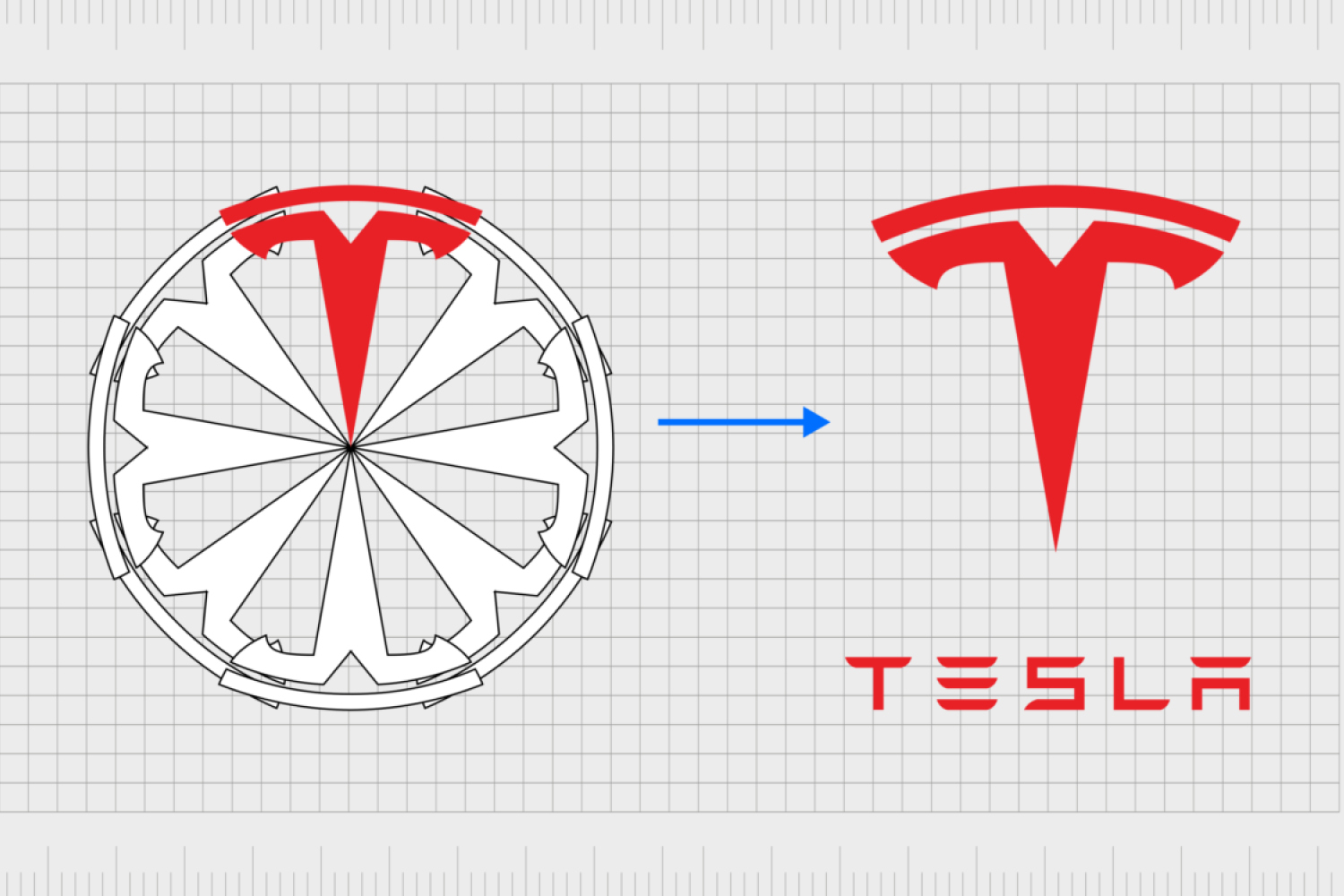
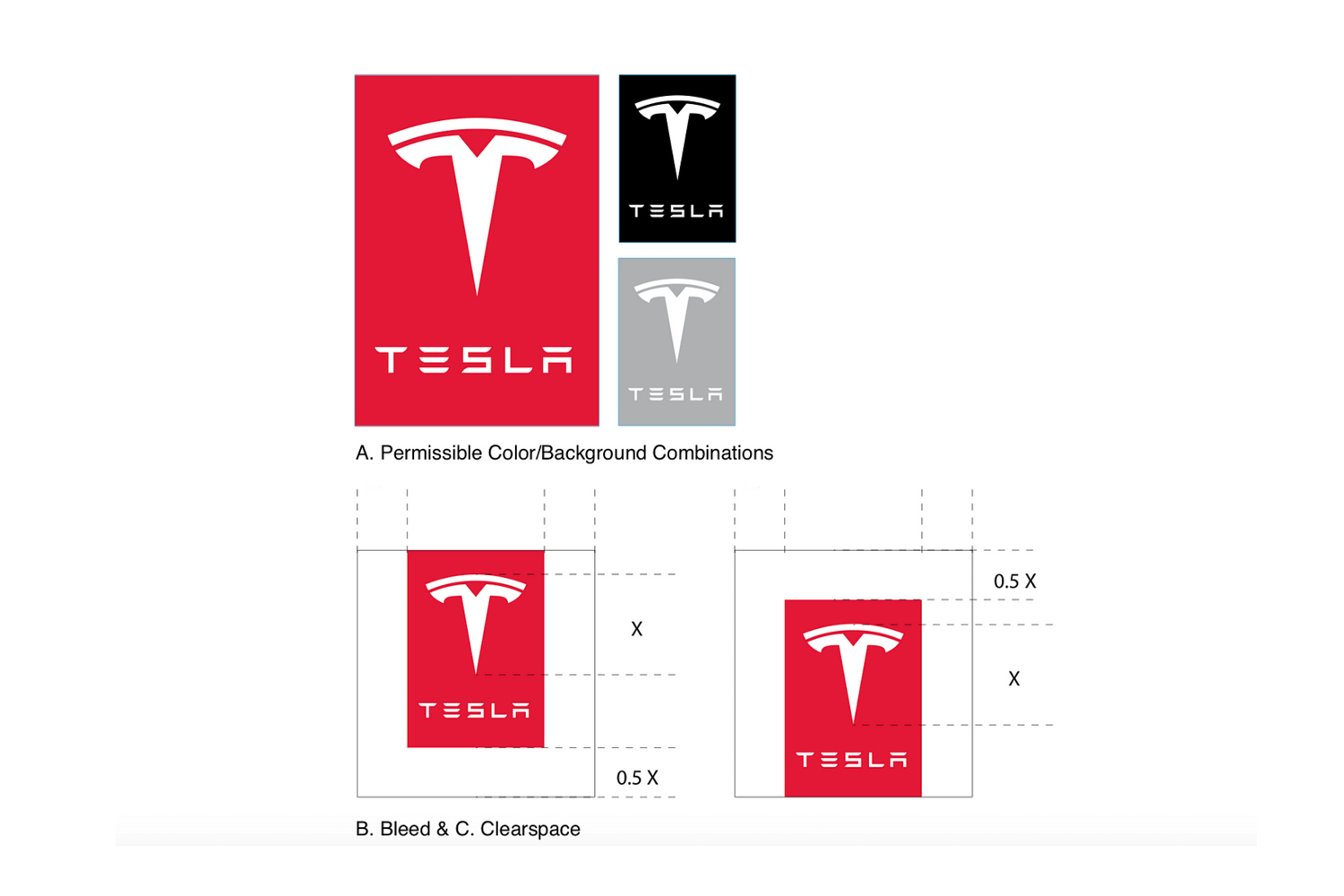
Strategy 1: Creating a Strong Brand Identity
Your brand identity consists of all the sensory elements that define your brand—namely your logo, typography, colours, and your tone of communication. Here are some tips if you want to create a memorable brand identity:
Define Your Brand’s Purpose and Values
What does your brand stand for and what does it want to achieve? Start by defining your brand’s mission, vision, and core values. Knowing and understanding your purpose as a business will be a foundational guide in your brand identity.
Know Your Target Audience
Casting a wide net in today’s retail environment just won’t work. You have to identify your target audience and understand their preferences, needs, and behaviours. Understanding who they are allows you to create tailored marketing messages, boosting the effectiveness of your communication.
Doing this will also help you allocate your resources wisely so you can focus on which channel and marketing strategy are most likely to reach and engage your ideal customers.
Craft a Unique Brand Proposition
Determine what sets your brand apart from competitors. Identify your unique selling points—what are your strengths as a retail brand, and what unique problems does it solve for your target market? Highlight those benefits and incorporate them into your brand identity.

Create a Memorable Brand Name and Logo
Your brand name and logo are the visual anchors of your identity. Ensure they are distinctive and memorable. Your brand name and logo should also visually reflect your brand values in a simple yet aesthetically pleasing way. Consider hiring a professional designer for this crucial task.
Develop a Consistent Visual Identity
Establish a consistent colour palette, typography, and design elements that align with your brand’s personality and message. Consistency is key for brand recognition, and it also helps give a good impression of your retail brand. It’s hard to trust a brand when they have inconsistent colours and logos across different channels.
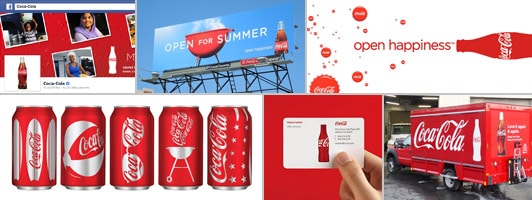
Define Your Brand Voice and Tone
Choose the tone of voice your brand will use in its communication. Whether it’s formal, friendly, or playful, consistency in tone helps shape your brand’s personality.
Examples of Successful Brands with Powerful Identity Strategies:
Companies like Victoria’s Secret and Dior have established instantly recognizable and iconic brand identities. Let’s take cues from them—consistency, authenticity, and creativity are at the helm of their brand strategy.

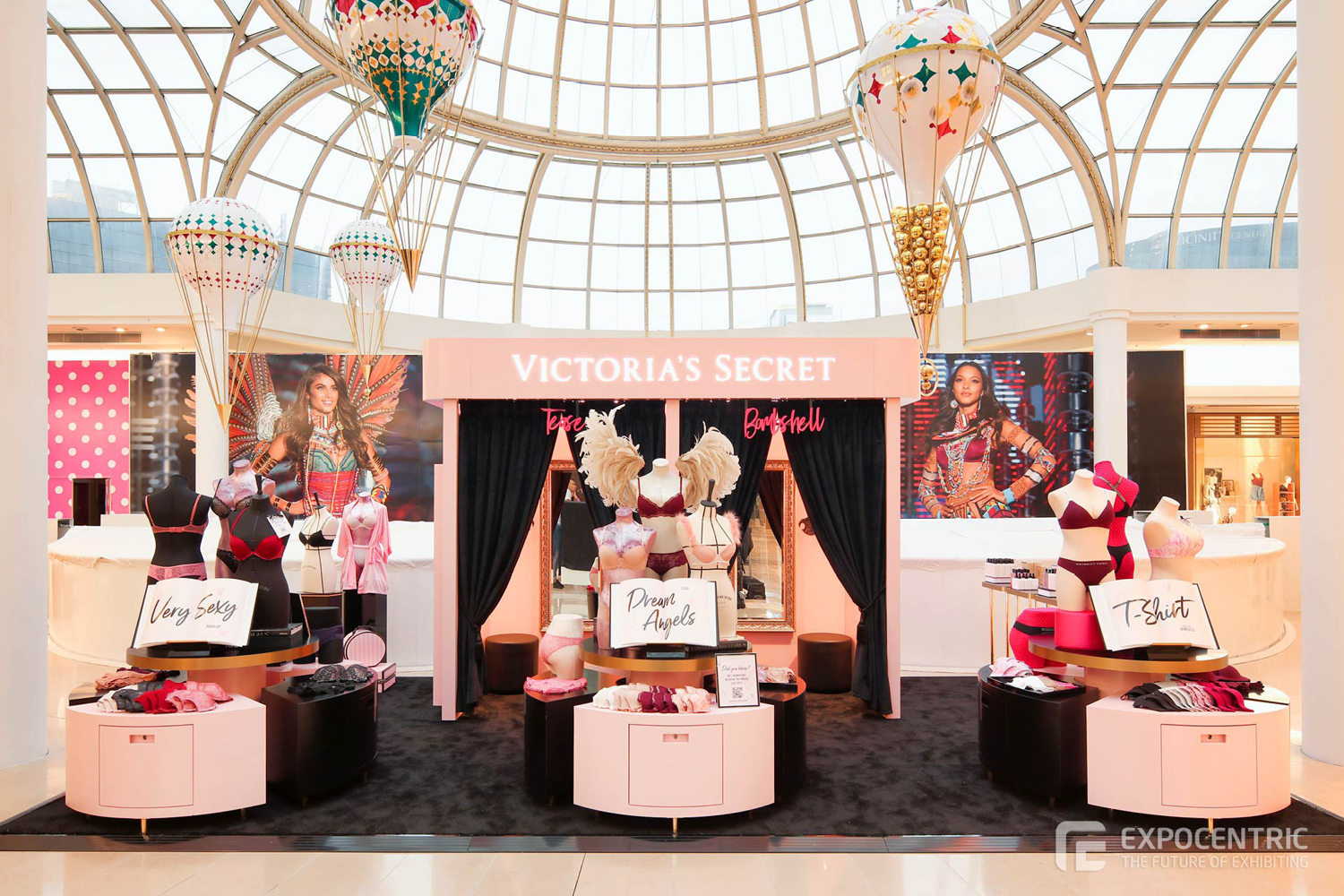

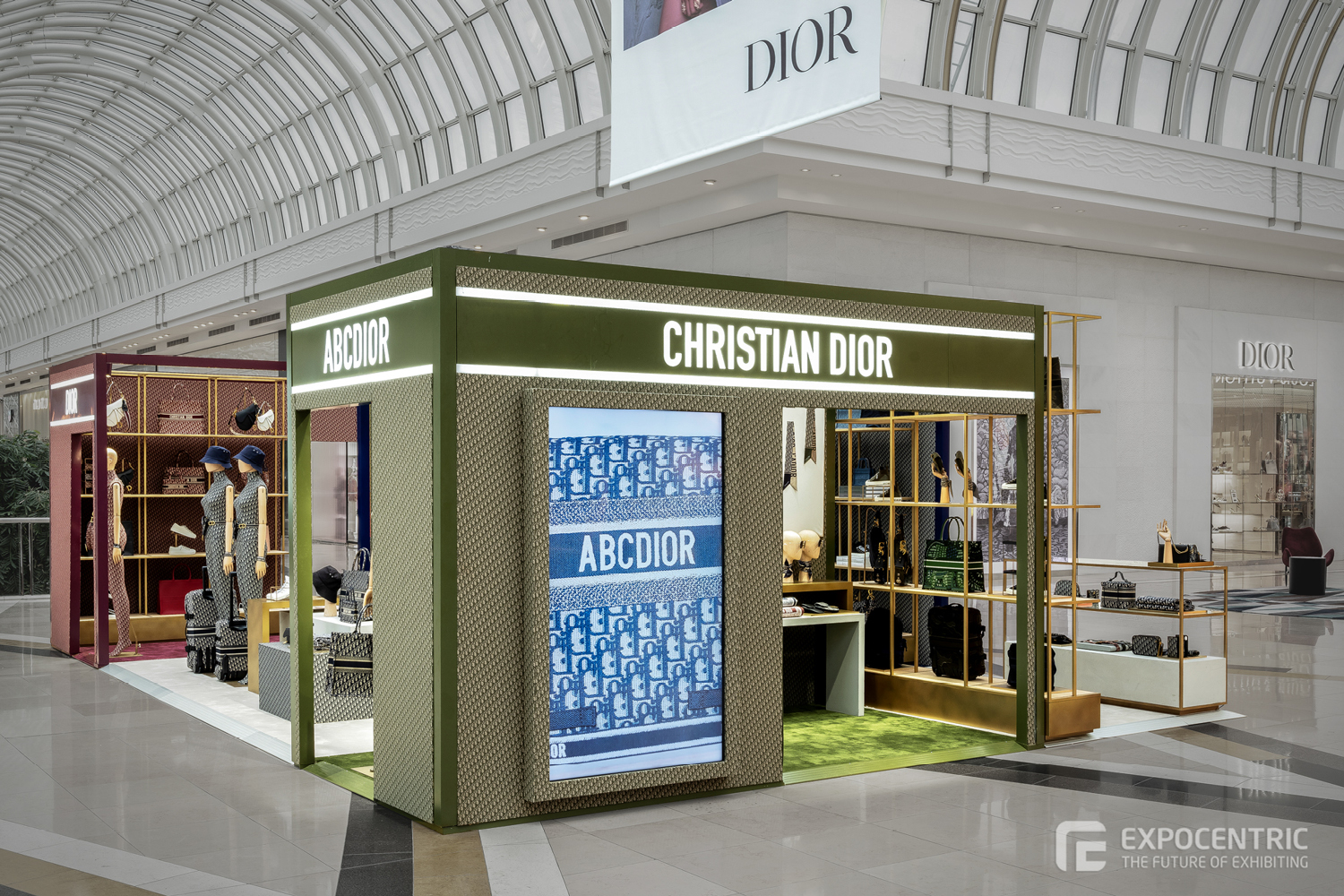
Strategy 2: Design a Compelling Brand Story
People love stories. Your story can help hook and engage new customers to trust you and eventually be your advocates. This is the perfect opportunity for you to be transparent about your narrative: humble beginnings (how it started and what problems it wanted to address), journey (how it came to be), and the ongoing mission in action (how your brand continues to fulfil customers’ needs and aspirations).
Make it relatable and emotionally engaging for your audience. You can invoke a positive emotional connection by highlighting genuine inspiration and empathy in your story.

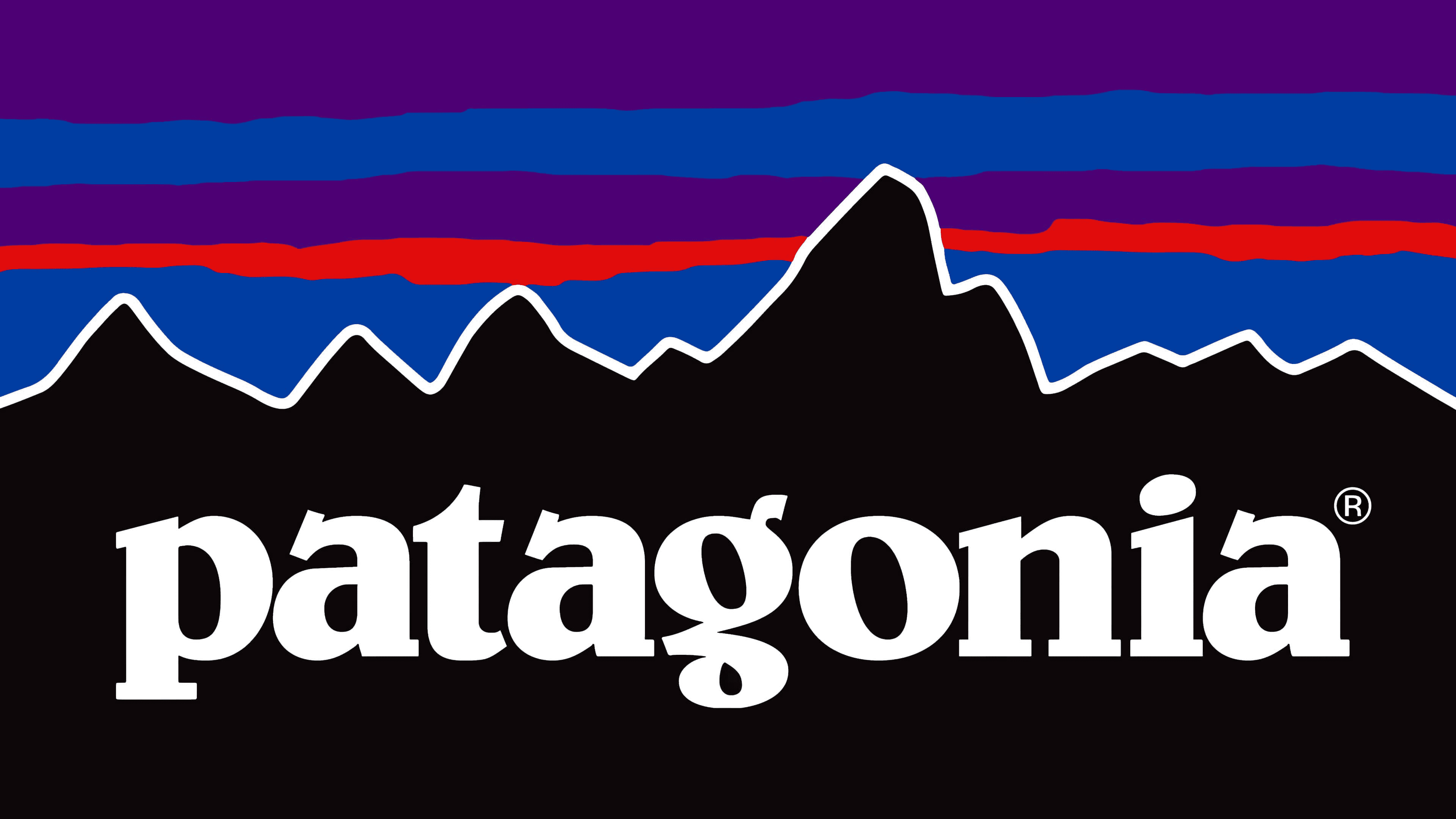

Example of Real-Life Brand Storytelling:
Patagonia has excelled in using storytelling to build strong emotional connections with their customers. They’ve even progressed into producing high-quality content featuring the stories of their customers, showing how they use their products in compelling and real-life and situations.
Strategy 3: Omni-Channel Retail Branding
Omni-channel branding involves creating a consistent brand experience across all customer touchpoints, whether it’s your online store, social media, physical stores, or customer support. Elevating the shopping experience of your customers through positive experiences in each of your channel will make way for customer loyalty.
The best practice for this is to ensure that your branding elements, messaging, and values are seamlessly integrated across all channels. Again, consistency builds trust and recognition.
Here’s how you can create an amazing shopping experience for your customers at each point of sale:
Brick-and-mortar store
Even in the digital age, physical stores are far from obsolete. Consumers still like having in-store experience with retail brands. For this reason, ensure that your retail store layout is inviting and visually appealing. Use effective lighting, colours, and displays to create an ambiance that aligns with your brand and products. Also, make use of clear and informative signage to help customers navigate your store easily. Signage should include product categories, pricing, and directional signs.
Additionally, your products should be organised logically, keeping popular and complementary items together. Use shelving and displays to make it easy for customers to browse and find what they need.
Lastly, train your staff to be knowledgeable about your products and provide excellent customer service. Friendly and helpful employees can make for a positive and memorable shopping experience.
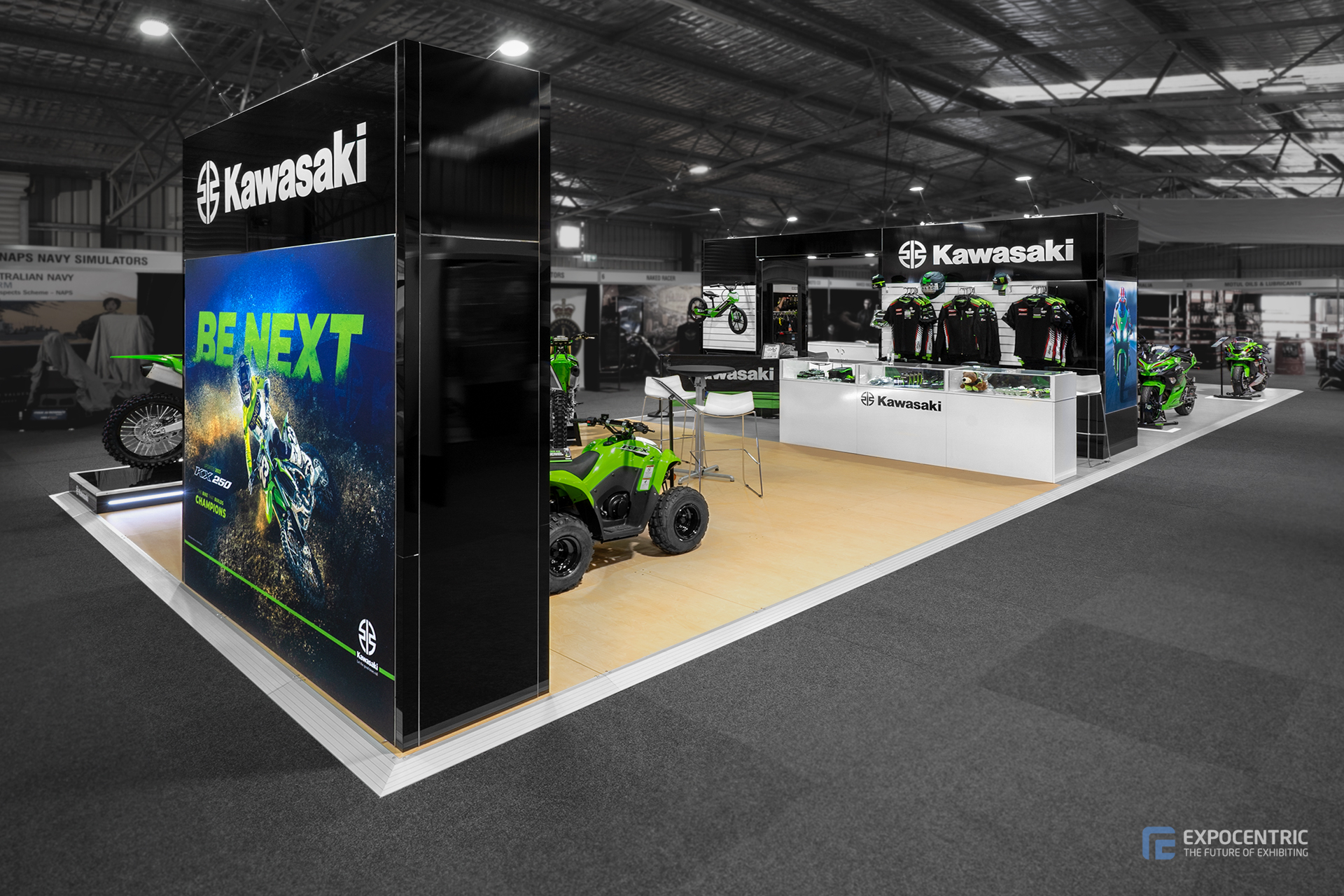
Online store
The purpose of online shopping is to have a convenient shopping experience. In that regard, make sure that your website is intuitive and easy to navigate. Use clear menus, search functionality, and a responsive design to accommodate various devices. Additionally, optimise your website’s loading speed to minimise waiting times. Slow websites can deter customers and lead to higher bounce rates.
It’s also highly important to provide high-resolution images and detailed product descriptions. Include multiple images that showcase products from different angles and contexts. Display clear and transparent pricing, including any additional fees or taxes. Moreover, allow your customers to leave reviews and ratings for products. Genuine feedback from other shoppers can build social proof and help customers make informed decisions.
And lastly, provide clear information on shipping options, costs, and estimated delivery times upfront. Make sure that your website has secure payment options and that you protect your customers’ data.
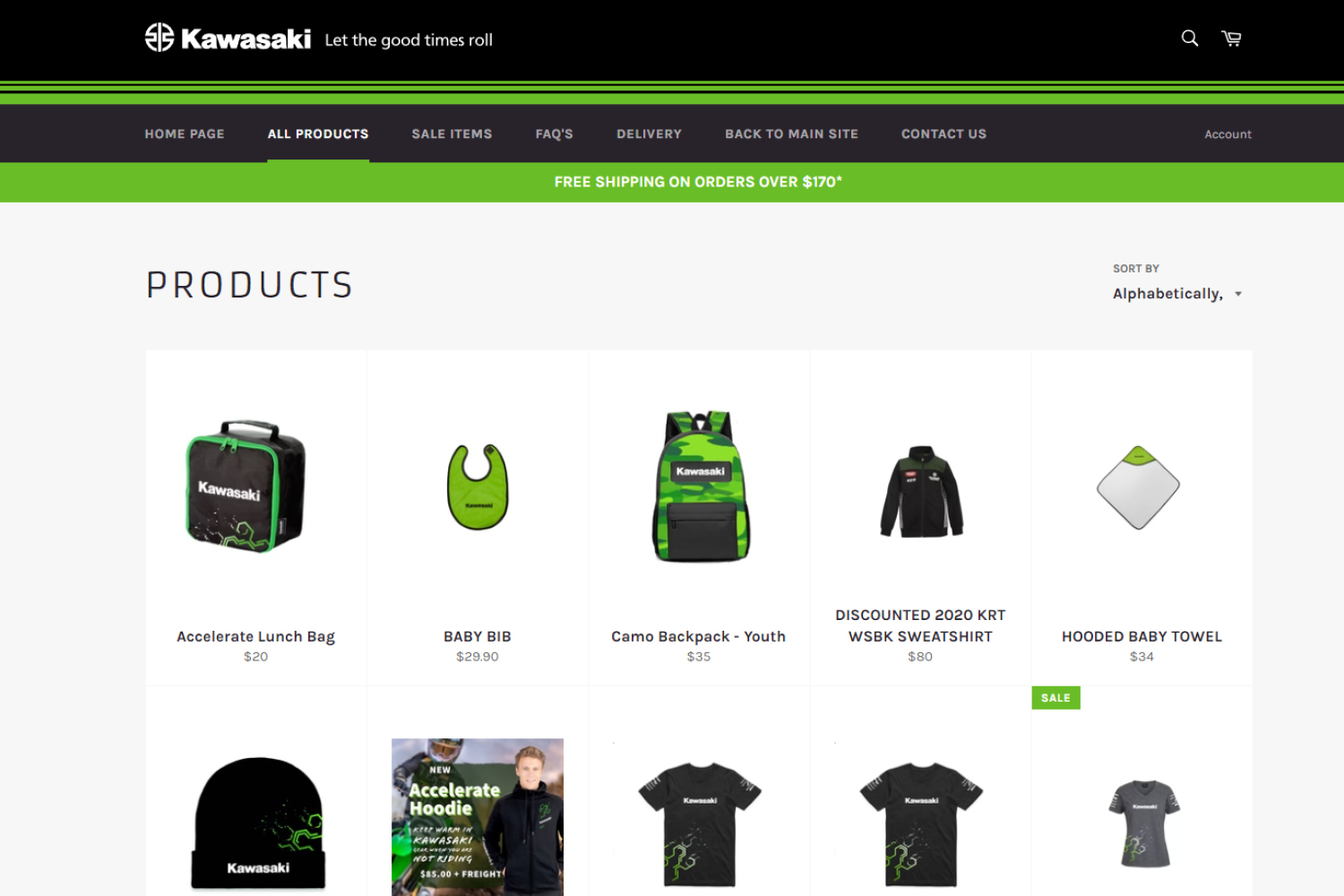
Social Media
Social Media is a great tool for you to connect with your target audience and keep in touch with your existing customers. You can utilise your platform effectively by sharing visually appealing images and videos of your products. In the millennia of the digital age, having a pixelated photo or video is unforgivable! High-quality visuals help showcase your products effectively and attract attention.
You should also feature your products in creative and informative ways. Use carousel posts, video demonstrations, and live product launches to showcase your offerings. Additionally, collaborating with relevant influencers to promote your products can provide social proof for your brand. It can also help you reach a wider and highly targeted audience.
Lastly, provide responsive customer support through direct messages and comments. Ensure that you solve customer issues promptly and professionally to enhance the retail experience.

Example of Omni-Channel Retail Branding
Petbarn is an established pet retailer in the country and they were set to launch their human-grade, pet nutrition range via The Nosh Project. They tapped us at Expo Centric to help with brand activation, asking us to design and build stands in over 159 stores all over Autralia. For those stands for The Nost Project, Petbarn’s brief was to make them engaging, adaptable, and multipliable. Those stands were designed to greet pet owners with enthusiasm, to be flexible throughout seasons (much like a dog’s coat!) so as to keep up with trends, and to be easily recreated across several stores.
According to Petbarn’s Technical Manager Kylie Day, the brand activation they commissioned Expo Centric for their retail stores were met positively by customers. They were engaging with the product wanting to learn more, and this curiosity has been translated in their higher than expected sales. It was a success!
With a well-designed e-commerce website to boot, the brand really amped up their omni-channel strategy even in the midst of covid.
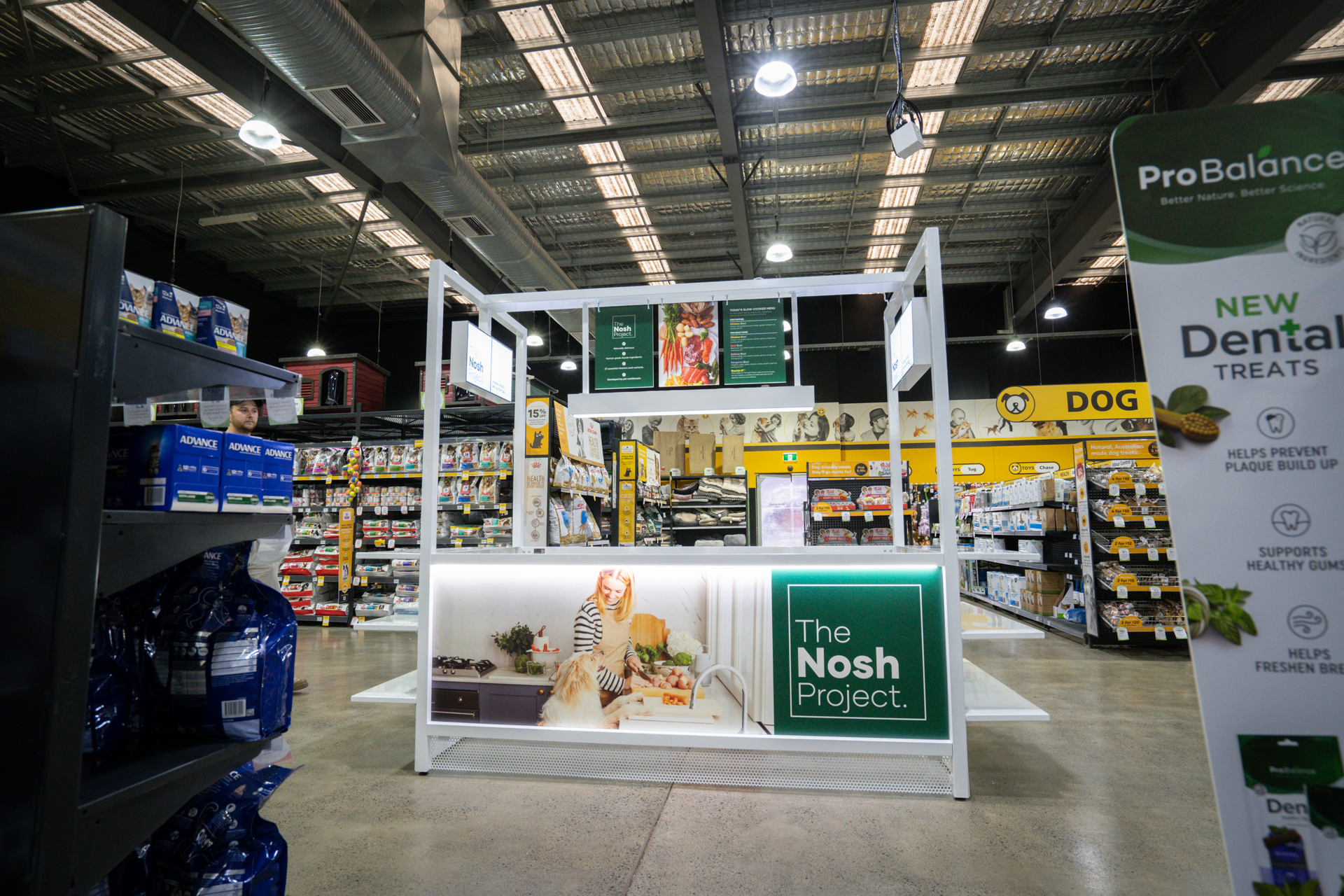
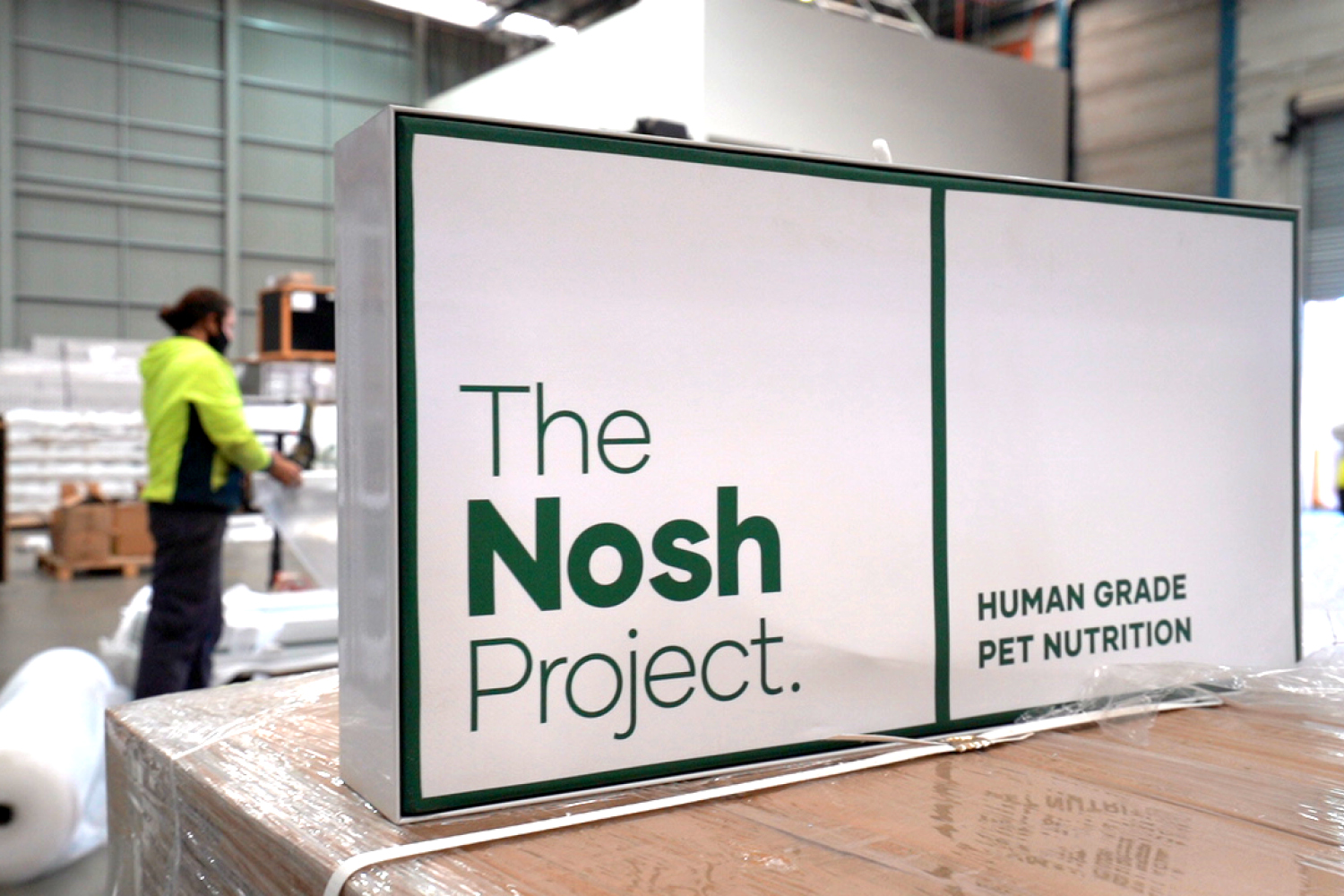

Strategy 4: Customer-Centric Branding
Customer-centric branding is an approach that places the customer at the centre of a retail brand’s strategy, values, and operations. It involves understanding and meeting customer needs, preferences, and expectations at every touchpoint. This helps foster strong customer relationships and helps make way for a personalised shopping experience, which continuously elevates the customer experience.
You can do this by using surveys, feedback, and data analytics to gain insights into customer behaviour and preferences. These feedback loops can be integrated and facilitated within your physical retail store, online shop, and social media channels. Having constant access to this information will help you personalise your marketing messages and offerings accordingly.

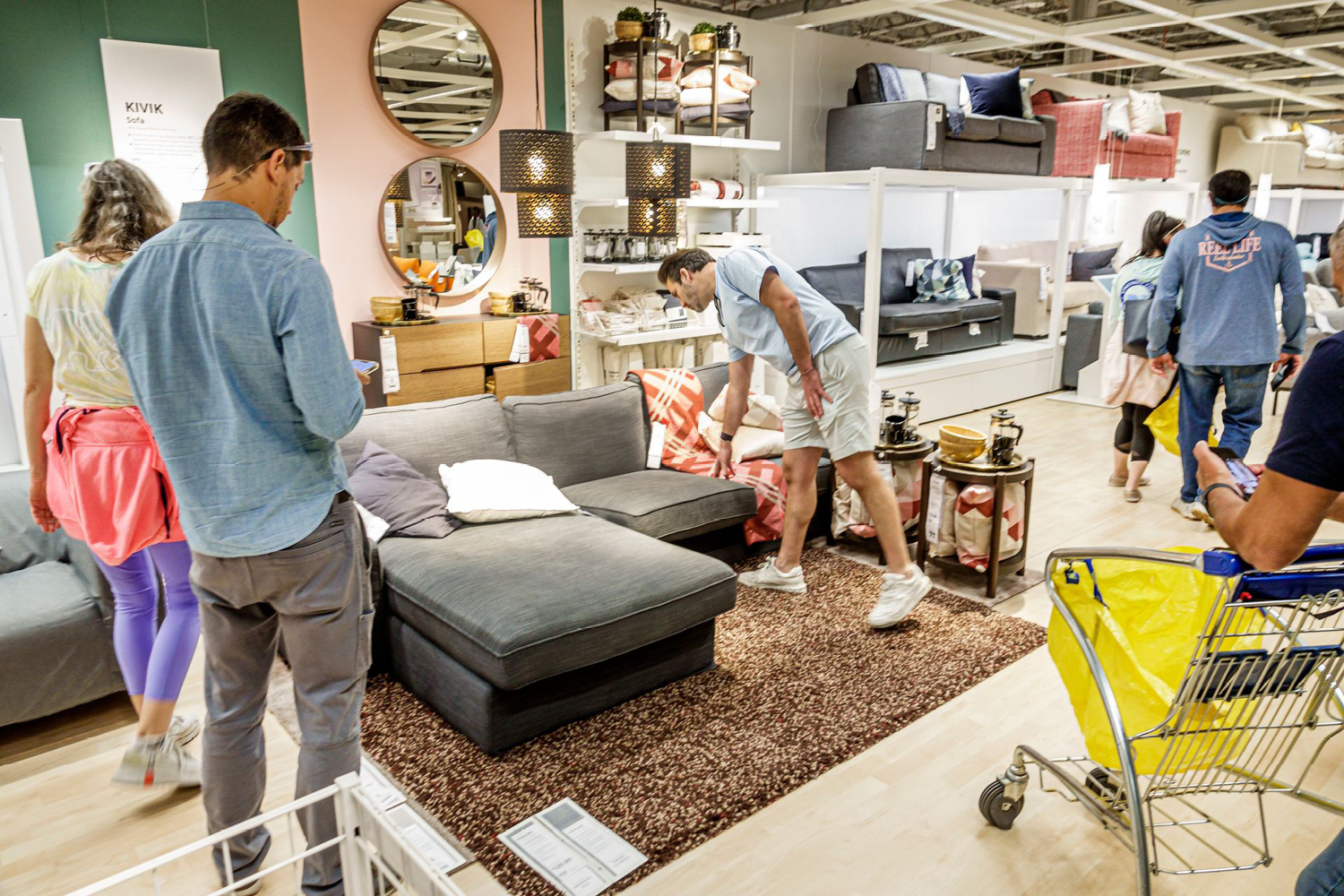
Example of Customer-Centric Branding
IKEA delivers a strong customer-centric for shoppers by having a customer-centric layout in their retail stores. Customers follow a guided path through showrooms, which inspire them with room setups and design ideas. The self-service format allows customers to explore and interact with products hands-on.
IKEA also greatly focuses on convenience, providing services like home delivery, assembly assistance, and a “Click and Collect” option. This helps customers save time and effort.
Strategy 5: Measuring Your Retail Branding Success
To determine the effectiveness of your retail branding strategies, you need to measure their impact. Doing this provides a tangible way to evaluate the effectiveness of branding efforts. It will help you make data-driven decisions, guiding resource allocation and strategy refinement.
Measuring your performance also allows you to benchmark your performance against competitors, identifying areas for improvement and maintaining a competitive edge. Ultimately, measuring brand success fosters adaptability and long-term sustainability, allowing your retail brand to stay relevant and thrive in a dynamic retail industry and market conditions.
Some tools and methodologies you can utilise for tracking your performance would be Google Analytics, social media analytics, surveys, focus groups, and brand audits.

Conclusion
In the competitive world of retail, having an effective branding strategy is a game-changer. By following these five strategies—creating a strong brand identity, leveraging the power of storytelling, embracing omni-channel branding, adopting a customer-centric approach, and measuring your branding success—you can boost customer engagement and loyalty.
Remember, your brand is not just what you sell; it’s the story you tell and the experiences you provide. Invest in your retail branding, and your customers will invest in you. If you need professional and effective assistance for your retail brand activation, Expo Centric can help design an activation for you.
